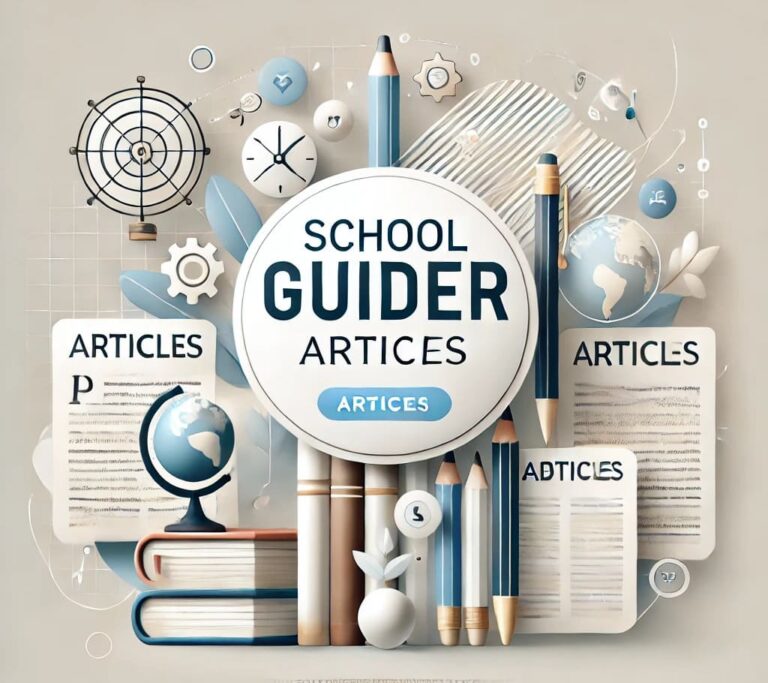Introduction to the Performing Arts Track
Imagine a classroom where lessons are full of music, drama, dance, and energy. A place where clapping, singing, and acting are part of your learning. That’s what the Performing Arts Track offers in Kenya’s CBC system — a chance to learn through performance, expression, and creativity.
This is the track for students who love being on stage, moving to music, telling stories, and sharing emotions with the world. It’s about bringing characters to life, entertaining an audience, and expressing yourself confidently through your body and voice.
So, if you enjoy singing in front of your mirror or acting out scenes from your favorite movie, this might be the perfect path for you!
What is Performing Arts?
Performing Arts is the study of live artistic expressions like music, theatre, dance, and spoken word. It involves using your voice, body, movement, and imagination to entertain, educate, or inspire people.
Performing artists tell stories — sometimes without even saying a word. Whether it’s a well-timed dance move or a dramatic pause in a play, this track teaches students how to communicate powerfully without textbooks.
The best part? It’s never boring! You’re always doing something exciting — preparing a performance, writing a script, learning a new rhythm, or practicing a dance routine.
Why the Performing Arts Track is Important
Some people think singing, dancing, or acting is just fun and games. But actually, the Performing Arts Track builds skills that are useful in every part of life.
Here’s why it matters:
-
Improves Communication: You learn how to speak clearly, confidently, and with emotion.
-
Builds Confidence: Stepping on stage helps you overcome fear and believe in yourself.
-
Encourages Teamwork: Performances often need cooperation and harmony between classmates.
-
Sparks Creativity: You learn to think differently, solve problems, and bring ideas to life.
-
Creates Job Opportunities: From musicians to filmmakers, Kenya’s creative industry is growing fast.
Art is a language — and in a world full of noise, performers help people feel, think, and connect.
Who Should Choose Performing Arts?
Are you always the one making your friends laugh with impressions? Do you sing along to every song or make up your own dance steps? Then you’ve already got the spark of a performing artist!
Natural Talents and Passions to Look For
-
You love singing, acting, or dancing
-
You enjoy telling stories or playing characters
-
You’re full of energy and expression
-
You’re confident speaking or performing in front of others
-
You like listening to music or creating your own
-
You’re curious about how shows, concerts, or plays are made
You don’t need to be a star yet. What matters most is your passion and willingness to learn.
What Subjects Are Taught in the Performing Arts Track?
In this track, learning goes beyond books. You use your voice, body, and movement as learning tools. Each subject is interactive, fun, and expressive.
Main Learning Areas
-
Music: Learn how to sing, play instruments, read musical notes, and write your own songs.
-
Drama: Discover acting techniques, scriptwriting, character development, and stage performance.
-
Dance: Master different dance styles from Kenyan traditional moves to modern choreography.
-
Theatre Arts: Understand how to put on a full production — lighting, props, costumes, and all!
-
Voice and Speech: Learn how to speak clearly, perform poetry, and do voice acting.
Optional Specializations
Depending on your interests and school, you might also learn:
-
Audio Production
-
Choreography
-
Film and Video Performance
-
Cultural Storytelling
-
Mime and Body Language
There’s always something new to explore — and every class feels like a rehearsal for something great.





